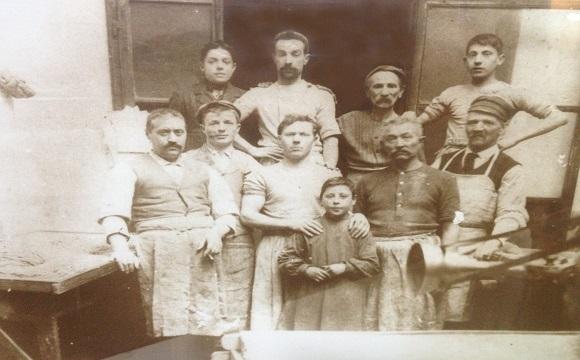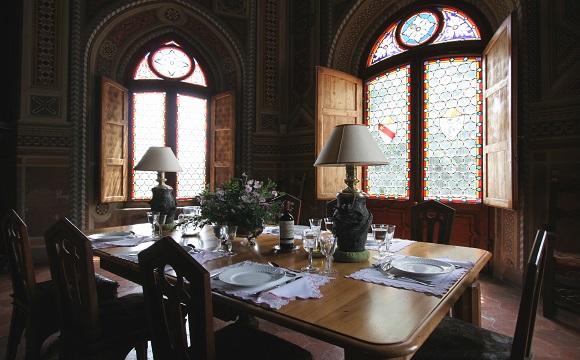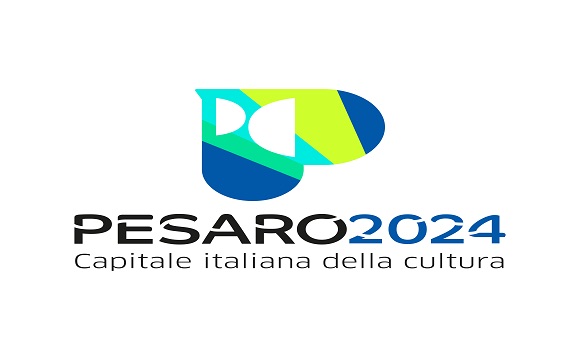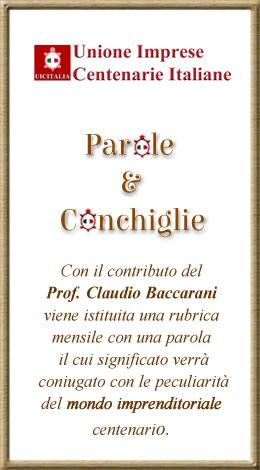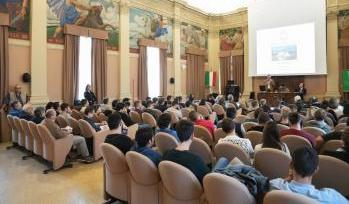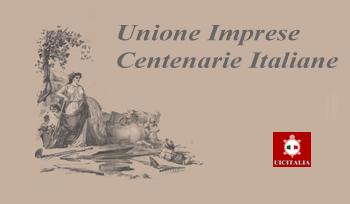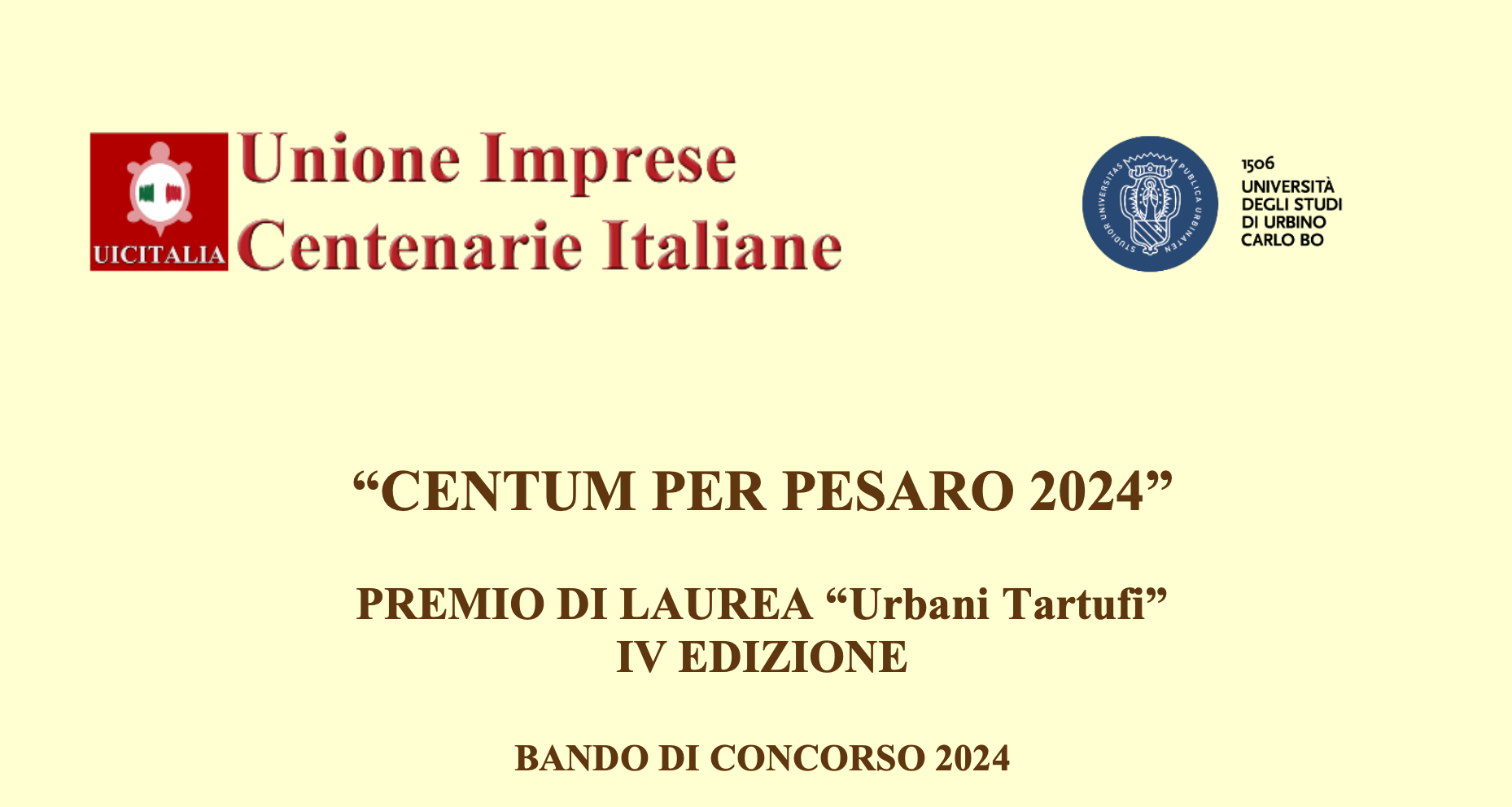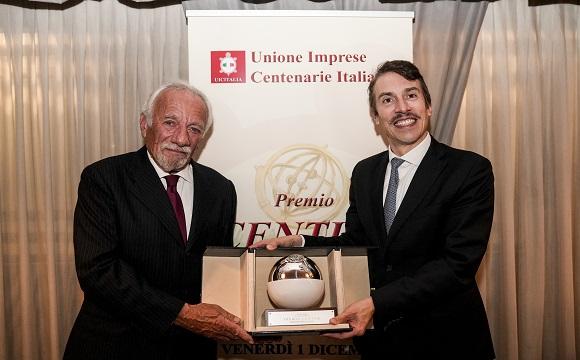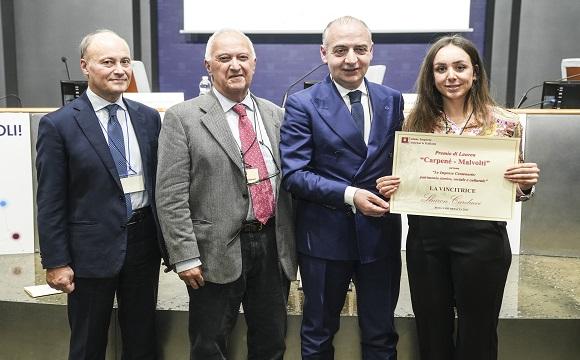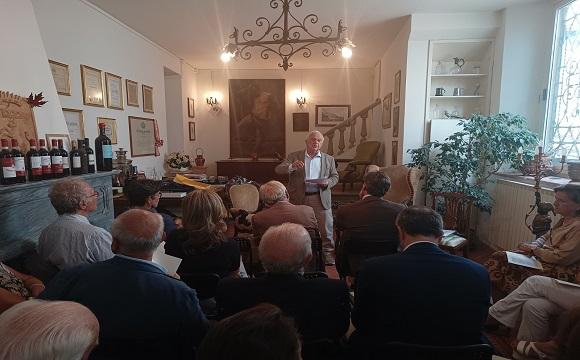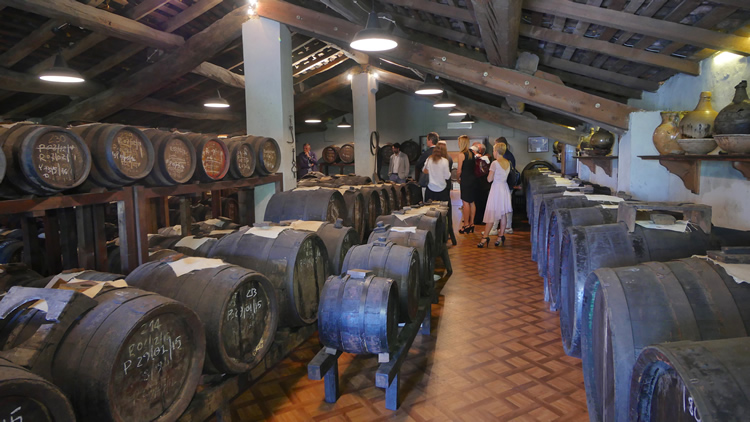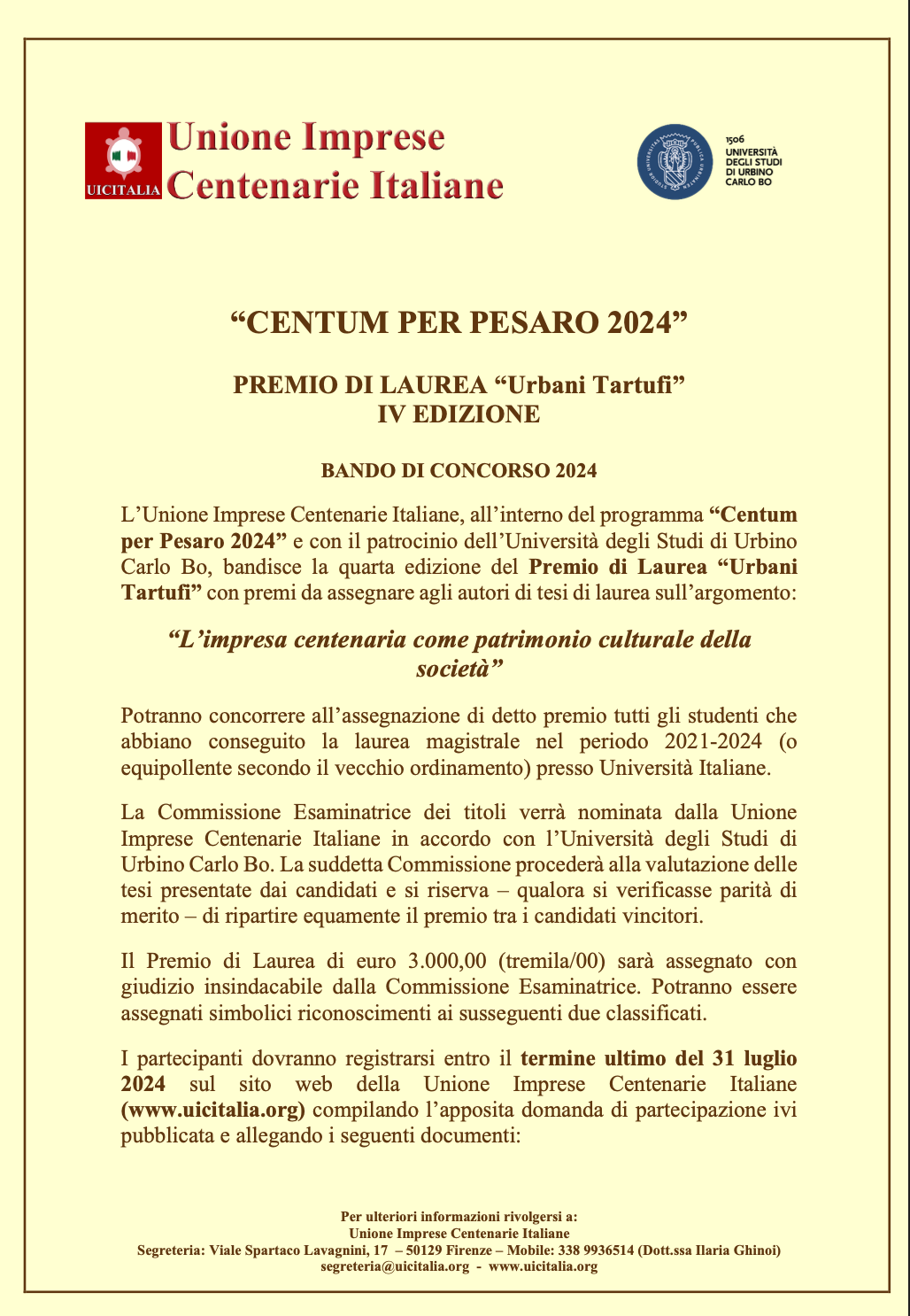Ceramica Cecchetto 1828 joins the Italian Historic Companies Association
Another excellent historic company has recently joined the Italian Historic Companies Association, an institution aimed at safeguarding and promoting the longest-lived “Made in Italy” brands.
The most recent entry is Ceramica Cecchetto 1828 (“Cecchetto Ceramics 1828”), one of the oldest ceramics manufacturers still in activity, based in Nove, in the Province of Vicenza.
At the end of the XVIII Century Giovanni Maria Baccin, former Director of the Antonibon manufactory (a very successful enterprise, having succeeded in producing durable, economical white-clay earthenware for the British market), on April 26th, 1786 submitted an authorization request and obtained by the Venetian Senate a building permit for a new, privately-owned stone grinding mill to be constructed in Maglio Vecchio.
After Baccin’s death on April 10th, 1817, the pottery factory, together with the mill, was inherited by his niece, Maria, daughter of his brother Giacomo and married to ceramist Giovanni Cecchetto, and by their children. Since then, with no discontinuity, the firm passed from father to son until 1946, when it was inherited by Antonio Cecchetto, father of Giovanni Cecchetto, its current owner. “Dad told me how our family business changed in 1929, also due to the Great Depression: the production of artistic pottery was discontinued, and that of refractory materials took over. Those were the years of the nascent iron and steel industry. During Fascism’s two decades, the regime considered refractory materials to be an essential part of the production chain of blast furnaces for the weapons industry. It was an epochal production shift, and the Novese history and tradition ended up being neglected. Dad felt the need to safeguard the past as his personal call of duty”.
In fact, in the ‘50s Antonio Cecchetto began to collect dozens of popular ceramic plates, mostly produced in Nove in the XIX Century, including the family factory’s own series. So the famous “grepàro” was born, a prestigious collection of popular plates, still on show today at Cecchetto family’s place on the “Liston of via Munari”.
At the same time, the studies by Antonio “Toni” Cecchetto on Novese ceramics’ history were published in magazines, books and exhibition catalogues.
Today the company focuses primarily on the domestic market, as a state-of-the-art enterprise having artisans and small/medium-sized companies from the Italian artistic ceramics sector among its clients.
The quality and the constant research on new products – which makes it easy for customers to sell Cecchetto ceramics worldwide – together with up-to-date, automatic and computerized systems guaranteeing quality and consistency, are the strong points that continue to reaffirm the prestige of the historic company Ceramica Cecchetto 1828.


